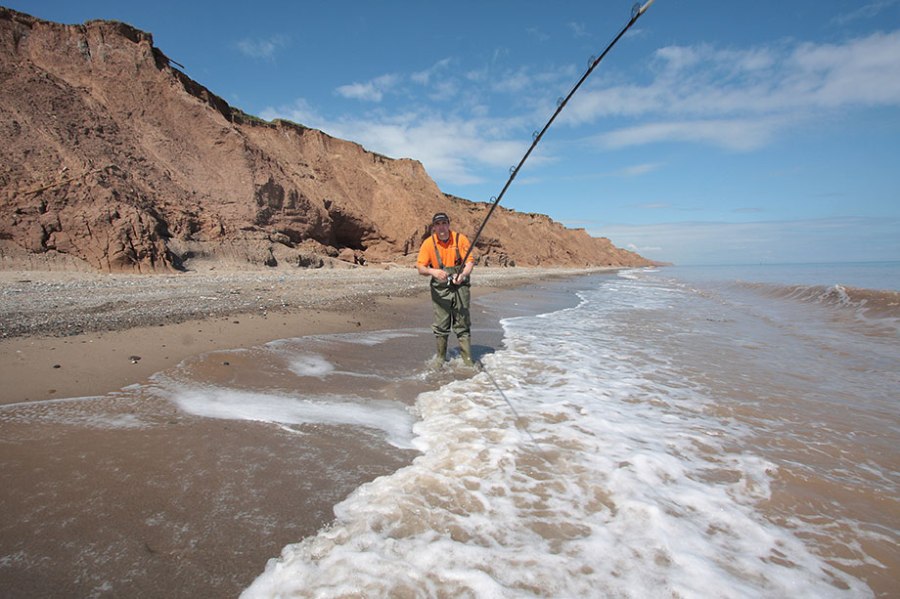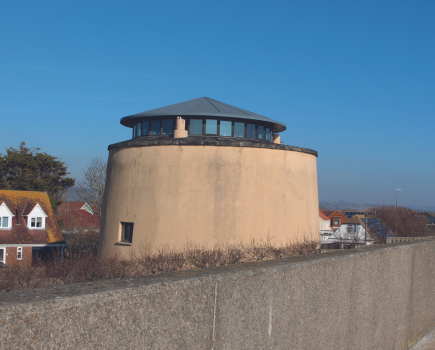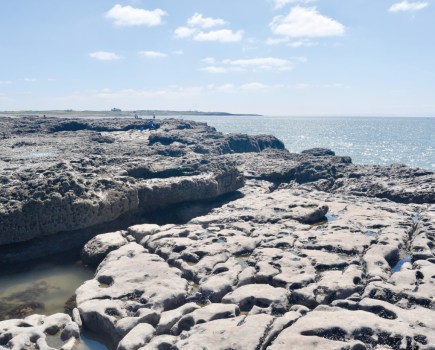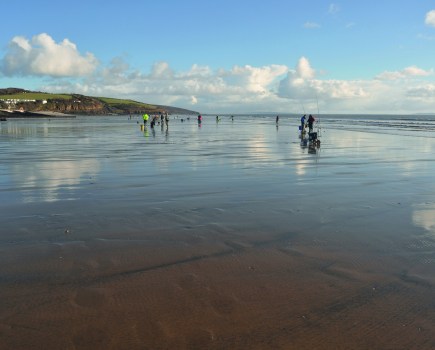This mark on the rapidly eroding Holderness Coastline is among the best along this part of the North Sea coast
Words by Paul Fenech
Photography by Mike Dobson & Paul Fenech
Dotted along the 61km of the Holderness Coast running from Flamborough down to Spurn Point are some extremely productive marks, with possibly the most popular being Hilston.
Due to the continual erosion of the cliffs on this coastline, it is important to consider your access. You will need to meander down the muddy cliff to the beach.
After a dry spell, the mud will harden and pathways will be formed by other anglers; these are known locally as ‘get downs’. However, after a spell of heavy rain, it can become extremely sloppy and treacherous with many of the access points being washed away. Extreme caution should be taken to avoid becoming stuck, or simply stay away until another dry spell occurs. Always make sure you have a safe exit route from the beach planned so you can move in advance of high tide pushing you against the cliffs.
Remember too that the seabed changes frequently and it’s always a good idea to arrive before low tide. A quick recce of the area will reveal any major features such as sandbanks and gullies.
A flat calm sea with a decent tide run are the favoured conditions, especially if the water is coloured.
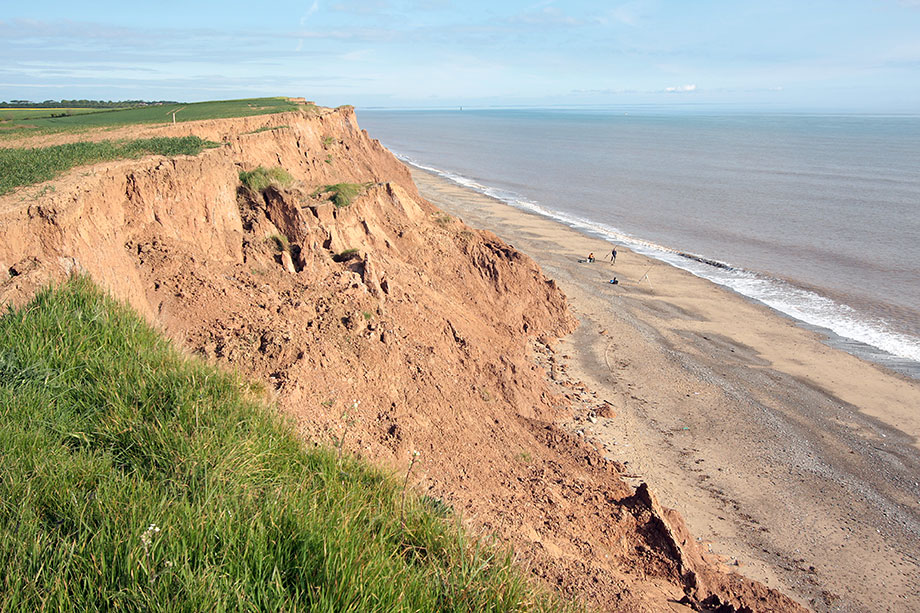
Crumbling cliffs at Hilston
SEASONAL SPECIES
Early spring and moving into summer sees the arrival of codling, plaice, flounders and, more notably, thornback rays, bass and smoothhounds. Thornback rays and smoothhounds can easily weigh into double-figures here.
TACTICS
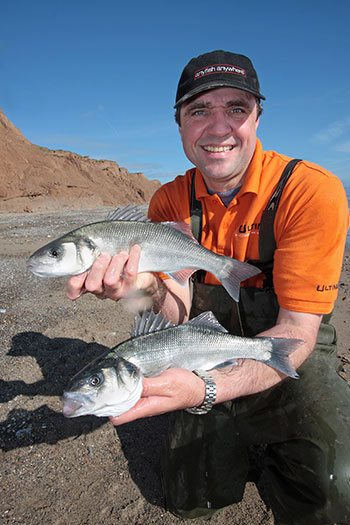
George Smith bass at Hilston
Begin your session at low water and fish the incoming tide. Medium tides are recommended because a strong spring tide will push you up against the cliff. If you decide to target Hilston over a large tide, you will need to fish from the cliff top over high water. Spring tides can often bring floating weed too, making it difficult to fish effectively.
Tackle should be capable of dealing with the species sought. A decent 13-14ft beachcaster coupled with either a multiplier or fixed-spool reel loaded with at least 18lb mono and an appropriate shockleader is recommended.
Keep your rigs simple with either a Pennell pulley or a two-hook loop version armed with hooks no bigger than a 2/0. Remember that smoothhounds and rays have particularly small mouths and using hooks that are too large will probably result in missed bites.
Peeler crabs will be the most successful bait, especially for smoothhounds, codling and bass. Fish baits like mackerel, Bluey, squid and frozen sandeels will be favoured for the rays, while lug and rag attract plaice, flounders and dabs.
Distance casting often brings better results, but generally casts of around 70 yards will put your rigs into a decent feeding area. Some anglers use two rods, but if the hounds are around in packs this will end up making your session too hectic at times. Sometimes it’s worthwhile casting a second rod really close to the beach where many large bass have been caught over the years.
NEED TO KNOW
Getting there
Hilston is a small village situated 12 miles east of Hull and five miles north-west of Withernsea. Take the B1242 and follow the signs. Careful parking is advised and do not block any access points.
Tackle shop
East Coast Fishing Tackle, 1B Willows Drive, Hornsea, East Yorks, HU18 1DA. Tel: 01964 535064.

